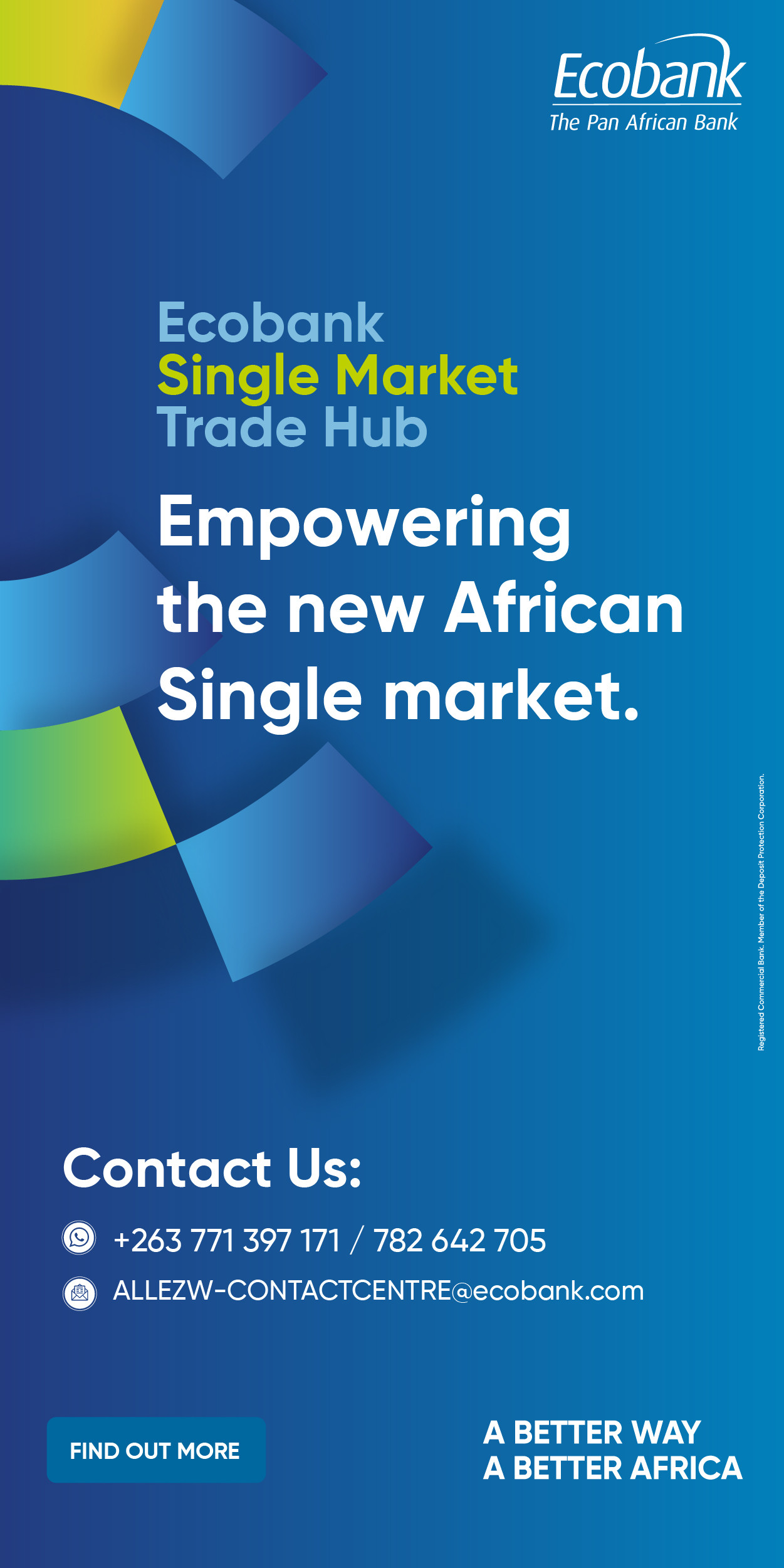- CBZ is repositioning its strategy to focus on the informal economy as a key driver for future growth
- The bank is reorganizing into four divisions to develop tailored financial products for informal traders and smallholder farmers
- The group plans to overcome traditional barriers to access using technology, alternative credit scoring, and group lending models
Harare - CBZ Holdings Limited, Zimbabwe’s largest financial institution by deposit base and asset portfolio, has unveiled a potentially transformative strategic shift positioning the informal sector as the centrepiece of its long-term growth strategy.
This was announced by Group Chief Executive Officer Lawrence Nyazema at the bank’s half year 2025 analyst briefing.
“The bank no longer views the informal economy as a risk to be contained, but rather as a high-potential growth frontier, capable of driving deposit mobilization, product expansion, customer acquisition, and ultimately, shareholder value,”he said.
To execute this pivot, CBZ has launched an ambitious internal realignment, reorganizing its operations into four verticals, Banking, Microfinance, Insurance, and Agriculture.
The Microfinance and Agriculture divisions are being specifically tasked with designing and rolling out products tailored for informal traders, micro entrepreneurs, and smallholder farmers segments that have historically operated outside the reach of conventional financial institutions.
CBZ plans to address traditional access barriers using a blend of alternative credit scoring, group lending models, agent banking, and digital platforms to onboard informal clients at scale.
The goal is not just to lend to the informal sector, but to integrate with it especially in agriculture by offering a combination of financial products, technical assistance, input financing, insurance, and even downstream market access.
This end-to-end approach is intended to reduce default risk, build long-term client resilience, and embed CBZ deeper into the country’s most active economic networks.
This strategic redirection comes against the backdrop of tightening margins and shrinking opportunity in the bank’s legacy business.
CBZ’s core corporate client base, while largely stable and dollarized, offers limited headroom for growth.
These clients are mature, low-risk, and well-serviced ,resulting in slim spreads and capped expansion potential.
Meanwhile, the bank’s ability to grow domestic lending has been severely constrained by an unfavourable policy environment.
While CBZ estimates that the effective local currency lending rate is around 15%, the Reserve Bank of Zimbabwe maintains a policy rate of 35%, making traditional intermediation economically unviable.
This mismatch, coupled with stagnant domestic deposits and subdued formal credit demand, has forced CBZ to rethink its growth model , the informal sector represents one of the few remaining frontiers for organic, scalable growth.
However , lending into the informal sector introduces substantial operational challenges, including credit unpredictability, repayment variability, and weak enforceability.
Most informal businesses lack formal financial records, operate on volatile cash flows, and may have limited collateral or legal identities.
CBZ is betting that these challenges can be mitigated through financial innovation, technology, and careful segmentation but the margin for error is narrow, particularly with cost of capital rising and non performing loans (NPL) containment remaining a top priority.
At a broader level, CBZ’s strategy is rooted in the structural realities of Zimbabwe’s economy. The informal sector accounts for approximately 76% of all business activity in the country, and has grown steadily over the past two decades in response to macroeconomic instability, currency devaluations, and the contraction of formal employment.
As inflationary pressures, policy uncertainty, and liquidity shortages have persisted, millions of Zimbabweans have turned to informal trading, transport, artisanal mining, agriculture, and home-based manufacturing as alternative livelihoods.
Despite its critical role in national income and employment, the informal economy remains largely excluded from formal banking.
Barriers include lack of confidence in the banking sector , irregular incomes, underdeveloped infrastructure, and a lack of identification or collateral all of which have historically made the sector unattractive to traditional financial institutions.
CBZ is now aiming to convert this exclusion into inclusion, and in the process, turn what others have seen as risk into long-term value.
Equity Axis News





